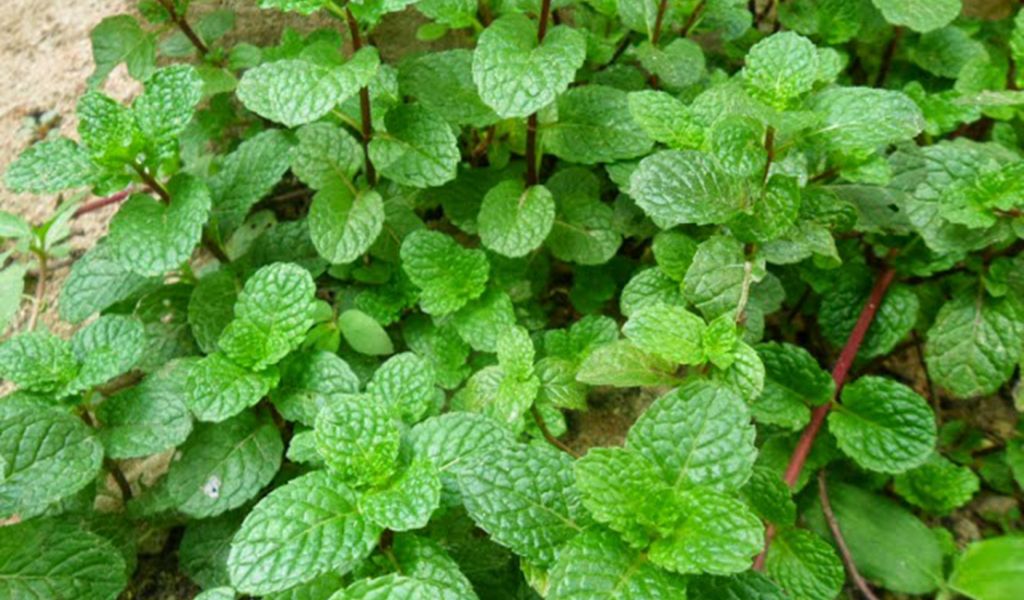ຫອມລາບ / Marsh Mint
APA 6th ed. ຫອມລາບ / Marsh Mint. (2019, September 10). Retrieved from https://www.phakhaolao.la/kb/0000662
MLA 8th ed. ຫອມລາບ / Marsh Mint. Pha Khao Lao, 10 September 2019, https://www.phakhaolao.la/kb/0000662.
Chicago 17th ed. Pha Khao Lao. 2019. "ຫອມລາບ / Marsh Mint." Published September 10, 2019. https://www.phakhaolao.la/kb/0000662.

Mentha × alopecuroides var. microdonta (Briq.) Rouy
Mentha × amaurophylla Timb.-Lagr.
Mentha × amaurophylla var. rugosa (Gadeceau) Rouy
Mentha × benthamiana Timb.-Lagr.
Mentha × billotiana Déségl. & T.Durand
Mentha × bolzanensis Heinr.Braun
Mentha × chloreilema (Briq.) Heinr.Braun
Mentha × chlorostachya Gand. ex Heinr.Braun
Mentha × controversa Pérard ex Heinr.Braun
Mentha × cordifolia Opiz ex Fresen.
Mentha × dossiniana Déségl. & T.Durand
Mentha × dumortieri Déségl. & T.Durand
Mentha × emarginata Rchb.
Mentha × floccida Déségl.
Mentha × genevensis (T.Durand ex Déségl.) Déségl. & T.Durand
Mentha × gillotii Déségl. & T.Durand
Mentha × gratissima Weber
Mentha × incanescens Heinr.Braun
Mentha × lamarckii Ten.
Eng: Kitchen Mint, Marsh Mint
Mars mint is a perennial herb, meaning that it lives more than two years. Its roots are fibrous and short, while the stems are up to 15-30 cm long and trailing along the ground without throwing out roots (=procumbent). The stems are angled with a usually red-purple coloured angle. The herb has many branches on the stem as well, with new branches raising from an old stem or branche. Looking at the leaves, they are 1.5-3.5 cm wide and 2-7 cm long and have a top that is sharply pointing (=acute to acuminate). They have a wrinkled surface (=rugose) and notched edges (=serrate). Also, the leaves are elliptic in shape and are arranged in the opposite of each other. The herb not only has leaves, but flowers as well. Clusters of flowers (=inflorescences) grow from the terminal branches, containing many small pink to purple coloured flowers. Each flower is surrounded by five sepals and the cone-shaped petals and connected with 4 stamens inside the flower. The fruits of the herb are small, black, hairless, waxy and have a globose-elliptic shape. The seeds usually do not grow, as they are developed from stamen that do not produce pollen (=staminode).
Both the leaves and the essential oils of marsh mint can be used for several purposes:
- The young leaves of marsh mint can be used as vegetables, as a dip in chili past, or they can be added to Laab, noodle soup or chicken soup.
- Flattened leaves can be inhaled to smell the essential oils that help to reduce dizziness.
- Fresh leaves can be washed thoroughly and be dried in the sun for 5-7 days to use it for tea later on.
- Dried leaves can be ground into power and the powder can be used in capsules of herbal medicines.
- Leaves can be added to the water when watering vegetables to prevent pests.
- The essential oils of the herb can be mixed in cosmetics and health products as a solvent odourant and as a prevention for microbes. Also, the oils can be used in food to inhibit microbial growth, in order to allow food to be stored for a longer time as well as to improve the smell of the food. Besides, the essential oils can be used to relieve aches during a massage.
